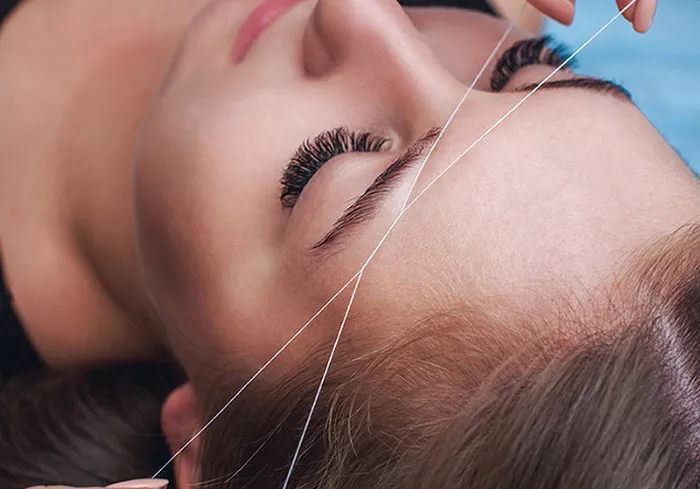The pursuit of youthful and rejuvenated skin has led to the development of various cosmetic procedures, each offering distinct benefits and results. Among these innovations is the PDO thread lift, a non-surgical facial rejuvenation technique designed to lift and tighten sagging skin. While the procedure boasts numerous advantages, many individuals are curious about the level of discomfort they might experience. In this article, we explore the realm of PDO thread lifts, uncovering the pain aspect, detailing the procedure, addressing considerations, and providing insights to help you navigate the decision-making process with confidence.
Understanding PDO Thread Lift
PDO thread lift, short for polydioxanone thread lift, is a minimally invasive procedure that aims to lift and tighten the skin by inserting biodegradable threads beneath the skin’s surface. These threads are made from a safe and absorbable material commonly used in surgical sutures.
The PDO Thread Lift Procedure
The procedure involves several key steps:
Consultation: Your journey begins with a consultation with a qualified medical professional. During this session, your goals, concerns, and suitability for the procedure are discussed.
Anesthesia: Prior to the procedure, a local anesthetic or numbing cream is applied to ensure your comfort during the treatment.
Thread Insertion: Fine PDO threads are inserted into the skin through small incisions. These threads are strategically placed to provide lift and improve skin tone.
Lift and Tightening: The threads are gently lifted to achieve the desired level of skin elevation. This lifting effect creates a more youthful and rejuvenated appearance.
Absorption and Collagen Stimulation: Over time, the PDO threads are naturally absorbed by the body. During this process, the threads stimulate collagen production, which further contributes to skin firmness.
Pain and Discomfort:
The pain experienced during a PDO thread lift varies from person to person and depends on several factors:
Individual Sensitivity: People have different pain thresholds, and what may be uncomfortable for one person might be tolerable for another.
Anesthesia: The application of a local anesthetic or numbing cream before the procedure helps minimize discomfort during the thread insertion process.
Treatment Areas: The level of pain can also be influenced by the treatment areas. Sensation may differ based on the specific regions being treated.
Threads Used: The type of PDO threads used can impact the level of discomfort. Thicker or more robust threads might cause more discomfort compared to finer ones.
Managing Discomfort:
While discomfort during a PDO thread lift is generally manageable, individuals can take steps to enhance their comfort:
Communication: Express your concerns and comfort level to your medical professional. They can adjust the anesthesia and technique to minimize discomfort.
Deep Breathing: Practicing deep breathing exercises during the procedure can help you relax and manage any sensations.
Over-the-Counter Pain Relievers: If your medical professional approves, you may take over-the-counter pain relievers before the procedure to help alleviate discomfort.
Post-Procedure Sensations:
After the procedure, it’s common to experience sensations such as soreness, mild bruising, and swelling at the insertion sites. These effects typically subside within a few days.
Conclusion
In conclusion, the pain experienced during a PDO thread lift is generally manageable and varies from person to person. The procedure’s non-surgical nature, use of local anesthesia, and the minimally invasive technique contribute to overall comfort. As with any cosmetic procedure, open communication with your medical professional and understanding your individual pain tolerance are key factors in ensuring a positive experience. By focusing on the long-term benefits and rejuvenation achieved through PDO thread lifts, individuals can balance their desire for enhanced beauty with comfort and confidence in their decision.


